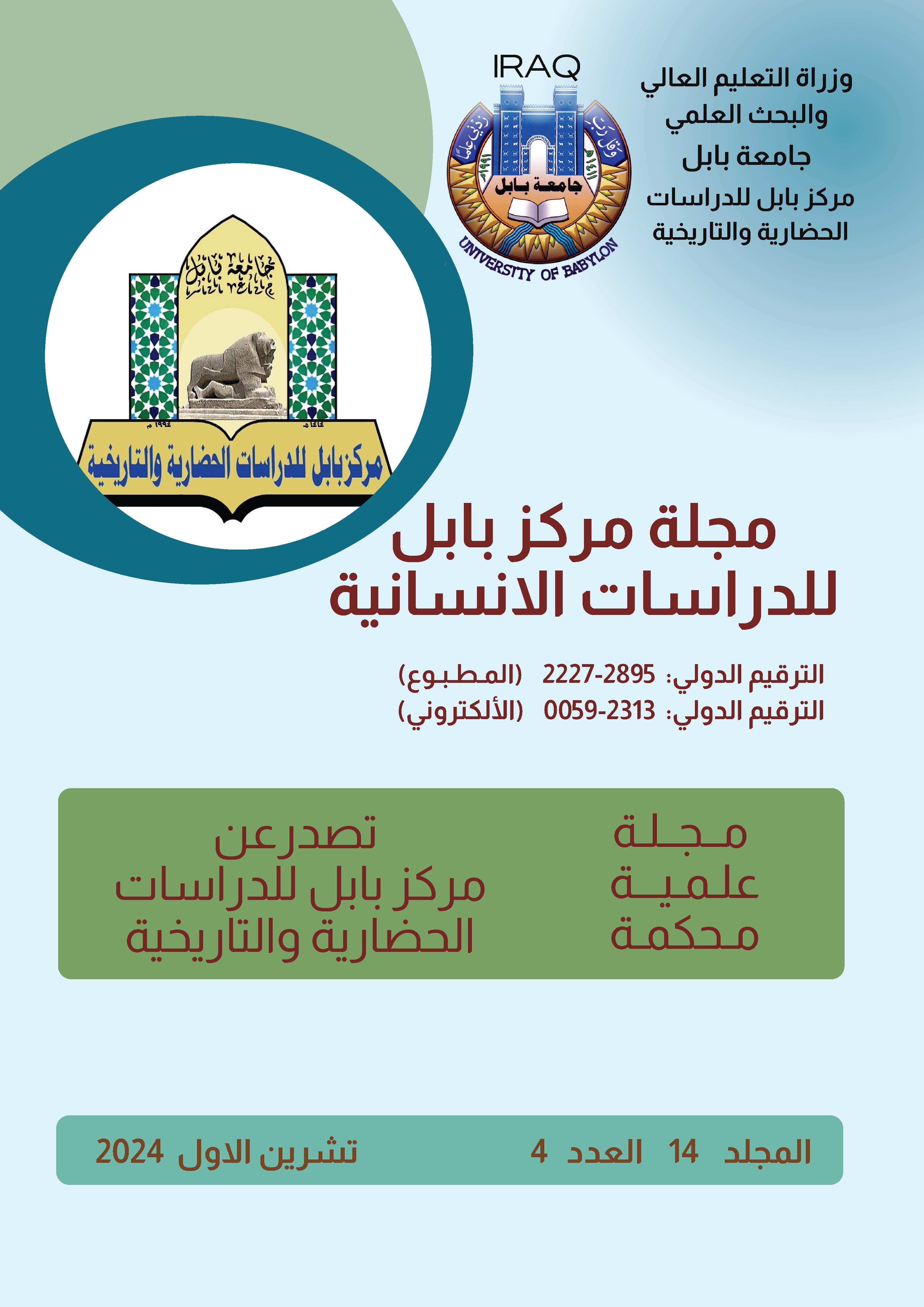Interpretive dimensions of prohibition verses in the Holy Qur’an - an analytical study
Keywords:
verse, prohibition, style, the Holy QuranAbstract
Prohibition is often considered one of the legal rulings that carry the meaning of prohibition, as this meaning was the most frequently mentioned meaning in the various forms of prohibition. Scholars of rhetoric and interpretation have pointed out that the form of prohibition appeared widely and in multiple situations to lead to metaphorical meanings, the most prominent of which were the meanings of: advice and guidance. Entertaining, irritating, inflaming, reprimanding, and warning.
The style of prohibition in the Holy Qur’an carries many connotations, due to the multiplicity of linguistic contexts and emotional situations in which it appears. Thus, we can say that the prohibition sentence is flexible, which must be taken as a model in speech systems, away from grammatical and linguistic complexities of various kinds.
The contents of the prohibition have covered many topics, as those contents in the Holy Qur’an were widespread and with multilateral goals, and they also carried multifaceted messages in their speeches. Therefore, we can say that there is still an urgent need to continue studying the various methods of the Qur’an, so that it becomes a beacon in emulating it. Our linguistic heritage, and a guide to simplifying the various arts of speech.
This method is also included in special sentences and tools for occasions of speech, and for the speaker’s relationship with the addressee, and it is important that we pay attention to it, and show the efforts of ancient and recent linguists in this field, and look at it from a point of view that is concerned with the moral aspect, and points to what is behind the tools, words, and structures, and clarifies Its contents are not limited to what is meant by drawing letters in terms of linguistic methods.
We can say that the method of prohibition in the Arabic language in general, and the method of prohibition in the Holy Qur’an in particular, has not received an independent and extensive study from the studies of the ancients, but rather is distributed among books of interpretation, the sciences of the Qur’an, miracles, rhetoric, and language in an unsystematic manner.







